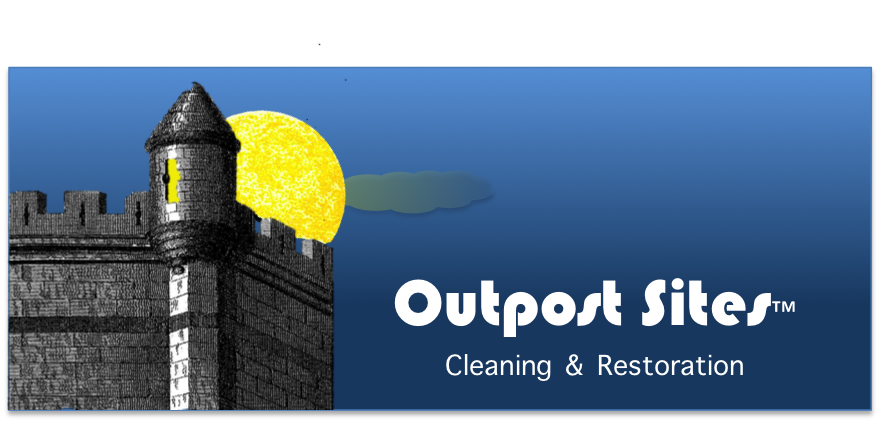|
4 Steps to Finding a Reputable Disaster Restoration Company
When water, fire, mold, or any type of damage occurs to your home, your safe haven is turned upside down and the one thing you want to do is turn back the clock. Since that isn’t possible, let’s look at how to find you some help, and keep it affordable at the same time. One thing to remember: Unless the issue is minor, such as a pipe breaking while you are staring at it and you turned off the water supply within five seconds, you will probably need help from trained pros — plus the financial support of your insurance company. After all, that’s why you pay premiums. Here are four simple things you can do. Call your insurance company Get the claim on record, give your agent a call and get the paperwork started. If you don’t, you may find down the road issues with coverage and paying for repairs. If disaster happens, call the insurance company. Search and call a professional restoration company Your insurance company may have a list of preferred companies or even say you must use someone in their network. That isn’t true. It is your home, and your coverage, and you have a lot of influence on who comes into your home to do the repairs. While you can get a recommendation from your insurance carrier, it’s your decision — look at local companies, analyze their reviews, and if you can, use companies that have been referred to you by someone you trust. Make sure they are certified Proper training in water damage restoration, fire and smoke cleanup, mold remediation, and other restoration jobs is a must. This often means certification, and you might look for companies that have training by the IICRC or the RIA, two globally recognized certification organizations. No matter what, you want to use a company that has proper training. This is a great way to do that. Are they responsive? If you contact a company and they don’t answer their phone or call you back right away, you might wonder if they will show up to do the repairs. Sure, they may promise on their website they are a 24-hour-a-day company, seven days a week… but if they are, why don’t they answer their phone? You don’t want to be chasing a company to do the work they promised you to do. When disaster strikes, don’t try to handle it all alone. Get help from a reputable company. After all, it pays to call a pro! Asbestos: Just How Dangerous Is It?
Asbestos is a scary word, much like lead in paint. It’s part of many construction materials, from vinyl floor tiles to the backing materials of building products, to roofing and siding. It has even been used as insulation and wrapping for pipes in older homes, and some oil and coal furnaces have asbestos insulation. Asbestos is a mineral fiber and can only be positively detected by an expert with a microscope. It is used as a strengthening material and is a natural insulator. It’s also fire resistant, so you can see why it was so popular years ago. Asbestos was officially banned in July of 1989, by the EPA. A phase-out has made asbestos less likely to be found, but in older homes, structures, and some building materials, it’s still a concern. You want to be safe. So knowing if you have asbestos and how to deal with it if you do is important. Why is it so dangerous? Because it is a cancer-causing substance. Those who have been exposed have experienced breathing issues. Besides causing cancer, it can also scar your lungs. You might have seen advertisements from lawyers asking for clients who have been exposed to asbestos. It is deadly. If you do have asbestos materials in or on your home, if left alone, there should be no issues. But if disturbed, asbestos material may release fibers that can be inhaled into your lungs. They remain there and cause health issues. If you determine there is asbestos in your home, leave it alone. There is no danger unless fibers are released and inhaled into the lungs. If you decide to do any type of remodeling, especially in an older home, it’s smart to know what materials you are dealing with. A building inspection by a professional is smart, gives you peace of mind, and ensures you are safe. If you do have asbestos, those trained to handle it are real pros. They will know what to do to correct the issue. Many asbestos professionals can also conduct home inspections. When buying an older home, it is critical to have this done, and while mortgage companies require this, make sure they look for asbestos as part of the inspection. If you have any type of damage to your home, such as from flood, fire, wind… anything, and materials are damaged, your disaster restoration company will know what to look for and how to handle everything. It’s what they do best — take care of you and your belongings. After all, it pays to call a pro! Real Issues Behind Lead Paint
When it comes to the health and safety of your family, you do all you can to protect them. That’s why when a water damage occurs, you call your favorite restoration company because you know that without proper remediation, more damage can occur and even mold growth, which is potentially dangerous. One aspect of home maintenance that many aren’t aware of, and that can be dangerous to health, is when you work with old paint. Perhaps you are remodeling. Or just working on stripping off old paint and repainting. What you are working with could include some element of lead paint. We all know lead paint can be deadly. What some don’t know is how long lead paint has been with us. Some reports indicate that lead was used in some paint as early as the 4th century BC, and it was used as a thickening agent. In modern times, lead paint was popular and known to accelerate drying, increase durability, resist moisture, keep a fresh appearance over time, and is easy to clean. But because of the health effects from lead poisoning, it was banned in 1978 for consumer use by the federal government. What was once accepted and embraced and even used in children’s toys was now poison. One danger of lead paint is that it causes nervous system damage, stunted growth, kidney failure, and more. Children like the taste because it is sweet, so they might put lead chips or flakes they find on the ground, or toys with lead, in their mouths. If your home was built before 1978, an inspection for lead paint should be done. It has probably already happened, but you need to verify that. For a visual inspection, lead paint will display what is called “alligatoring”. This happens when the paint cracks and wrinkles, so the painted surface look like it has scales. This doesn’t guarantee you have lead paint, but it is a sign. You can also obtain a lead paint test kit from a home improvement or paint store. They are easy to use. You can also have a professional home inspector or restoration company check for lead paint. You want peace of mind. If you have lead paint, or suspect you do, the best thing to do is call your favorite restoration company. They know what to do with any restoration situation, and lead paint is something that must be handled by the experts. After all, it pays to call a pro! Homeowner Beware: Major Causes of Home Fires
Any type of disaster in your home is devastating. Whether a flooded basement, strong wind that tears off part of your roof, a broke pipe spewing water all over the place, the resulting damage and cost of repair and remediation can be very costly. Besides total destruction of your home, such as from a hurricane or tornado, a house fire is at the top of the list of devastation. A house fire can be limited to just one area, or it can also destroy your entire home. Even a small house fire is extremely difficult to deal with and repair. The best strategy is to avoid them at all costs and understanding what causes most fires in the home is the first step. If you know what is most dangerous, you can plan to avoid dangerous situations. In the United States, according to the National Fire Protection Association, the #1 cause of a house fire is cooking. It is the most common and includes personal injury as well. Cooking represents nearly half of all home fires, and 20 percent of home fire deaths. This might give you a sobering pause the next time you cook up a big meal. When you plan to work in the kitchen, make sure open flames are kept to a minimum and flammables are nowhere near them. Don’t leave anything cooking in a pot unattended. And be sure to have the proper fire extinguisher handy. The NFPA indicates the second cause of home fires is from your heating system. Trying to stay warm in colder weather accounted for nearly 50,000 fires annually during the period of 2014-2018. Be sure that your heating equipment, whether installed or portable, is always in good shape and you follow manufacturer directions. Proper inspections and safety checks are a must. The third most common cause of house fires is due to electrical issues. Expert sources report close to 50,000 home electrical fires occur each year, mostly due to wiring, lighting, cords, and plug failure. Simply inspecting, replacing, and using proper equipment could mean avoiding a dangerous fire. Too many of us use shortcuts (improper extension cords, electrical tape to fix a cut in a cord, etc.) when using electricity. Those are the top three causes of house fires. There are many more. Be aware of them and be smart. Prevent them from happening in the first place. But if the unthinkable does happen, do the right thing to fix it all. Call your favorite restoration company. After all, it pays to call a pro! Mold Season + Exterior Surfaces
Most think of mold inside the home as a big problem — and it is. But what about that mold that grows on the outside of your home, such as on vinyl siding and other surfaces? While not as much of a health concern, it’s still a nuisance that must be handled. Mold typically does not grow on clean, dry surfaces. And most materials, such as the plastic construction materials used on homes, is not a food source for mold. So why does it grow? Because of the dirt, soil, grime, and other organic matter that builds up on surfaces. While your vinyl siding may be vertical, it still gets dirty, and mold will grab onto that and grow like wildfire. And when there are trees and vegetation around your home, they release particles that attach to exterior surfaces and that just makes the problem worse. The solution? Cleaning. Keeping surfaces clean, physically removing both molds and their food sources, is the best way to keep your home looking good. While the solution seems simple, unless you have a ranch-style home, reaching all those high surfaces is not easy. You will need ladders, extension poles, and plenty of safety gear. If you have all that, and are ready to get to work, here are a few tips. Get a good scrub brush, something you can put on a pole, and something that will scrub the surface but not scratch it. Softer nylon bristles are great. Have plenty of garden hose available, with a concentrated spray nozzle. A large bucket, a pump-up sprayer, or a sprayer assembly that you can put liquid cleaning products in, one that automatically dilutes and applies the cleaner to your home. You need all this before you get to work. Purchase a quality exterior cleaning solution specifically for siding and removing mold. While you can create your own solution with a variety of household products (bleach, vinegar, detergent) what you find at the store is not expensive. Then get to work. Hopefully on a nice, sunny day. Apply your product with the hose attachment or your pump-up sprayer, allow to dwell for a few minutes. The bleach component in your solution will take time to work. Scrub the surface and spray it all off. Let it dry and inspect, repeating as necessary. Take your time, section off areas, and you will see fantastic results. But what about mold inside your home? That’s a different problem altogether. When you see mold inside, contact your favorite disaster restoration company. After all, it pays to call a pro! How to Shut Off Your Water in an Emergency
There’s nothing that can get a person to move faster than to have a pipe break in a home, with water spraying everywhere, soaking everything, and ruining furnishings, flooring, documents, and more. The “moving faster” part of this unwanted exercise is often the frenzy with trying to find and turn off the water source, the main water feed into the home, and that location is usually not top-of-mind until the moment it is urgently needed. Turning a valve off and saving your home is a simple concept, but if you don’t know where to find that valve, extensive damage will occur. With most properties in warm climates, the main valves are often outside, easy to access. But in colder climates, those valves are inside, either in a basement if the home has one, or in a utility area, out of the way. And often, none of them are marked. In addition to the typical shut-off valves, most homes have a main valve in the yard, an underground area with a cover that can be removed and give you access to it. Sometimes a special tool is needed to operate the valve. But if you own a typical home with a basement, you have an advantage. The main shut-off valve is most often found near the front, on or near the wall closest to the street, where the water feeds into the home. If you have a private well, it should be on the side of the well, on that wall. If the valve isn’t on that type of wall, it may be near the furnace or water heater. If you have a crawlspace, you may have a disadvantage. The valve may be in there, in that tight space that is usually full of cobwebs and dirt. You might have to go in there to reach the valve. But make sure it is in there; do that right now, so you aren’t trying to reach a valve that turns out isn’t in there at all. When you do find the valve, you have to turn it. Turn clockwise, like when putting a screw into a board or a lid onto a jar. The valve may be rusty, difficult to turn. Lack of use makes the task more difficult. You can use a wrench to do it but be careful not to break the handle of the valve. If, or more precisely, when a pipe breaks and you have resulting water damage, do the right thing. Contact your favorite disaster restoration company. After all, it pays to call a pro! How to be Flood Safe and Savvy
One of the worst times for many when it comes to the possibility of a flooded home is during springtime, when the ground is thawing, snow is melting, and then relentless rain starts pounding down. Hopefully, your roof is leakproof, your foundation is up to the task, and your sump pump (if you need one) is chugging along faithfully. Water is intrusive and can find the weakest spot in your home and create all types of damage and costly repairs. There are ways to be flood safe and even flood savvy by paying attention to advice and guidance from the experts. The first thing to do is logical and you are probably already doing it: Watch the weather. Monitor your favorite news source for weather alerts and updates, especially when you know a storm may be brewing and coming your way. You can set automatic alerts easily. And understand weather event terminology. There’s a big difference between a flood watch and a flood warning. A watch means flooding may occur. A warning means weather conditions are prime to create flooding. You can prepare your home for possible flooding. While you should always vacate your home and find a safe place if severe and dangerous weather is coming your way, most weather issues won’t dictate evacuation. But all weather-related issues should prompt preparedness, which may include checking all doors, windows, openings to your home, and checking your basement or first floor areas for items that can easily be damaged in a flood. Put them up high — just in case. Going through and picking up soggy items that could have been safely put on a shelf is not a task you have to face if you think ahead. Be prepared for power outages. Have plenty of fresh food and water on hand in the event you have to wait out the storm. Remember, floods are the most common natural disaster that affects the most people. They can be caused by a variety of events, including hurricanes, heavy rain, high winds combined with rain, and even thawing snow. Just a small amount of water in your home where it doesn’t belong can cost thousands of dollars in damage. Make sure your homeowner’s insurance policy covers flooding that could possibly occur in your area. Don’t assume you have flood insurance as part of a normal insurance policy. If the unthinkable does occur and you suffer from a flooded home, do the right thing. Call your favorite disaster restoration company. After all, it pays to call a pro! The Devastation of Ice Dams
As temperatures change, water freezes, then melts, and refreezes against. Often, as water moves down a surface, you see icicles form. While icicles might be beautiful to look at, when they are hanging from your roof or gutters, they can cause devastation inside your home. What you see might be the start of an ice dam, which can be the root cause of a water damage. How does it happen? After all, don’t most water damages occur from broken pipes or sudden heavy rain? Not always. How ice dams form In the winter, where temperatures drop below freezing, snow melts and then the water runs down the roof and then hits the cold roof eaves and gutters and freezes into ice dams. These tear off gutters, loosen shingles, and cause melting water to work its way under the shingles, and into your home—instead of off the roof like it normally should. This can damage interior walls, insulation, woodwork, ceilings… it can warp your floors and even lead to mold forming inside your home, where it does not belong. But all of this can be prevented with a little planning. Preventing ice dams In the short term, you can put some ice melt products (calcium chloride), much like you would put on the sidewalk, on areas where ice may build up. You can sprinkle these liberally on the eaves and in the gutters. Some recommend putting the ice melt products in socks or pantyhose and laying them up on the roof, so it crosses over the eaves and gutter. No matter what you do, think safety first and be very careful on ladders or when accessing anything high. In the long term, insulating your attic should be a priority. Have it inspected to ensure you have the right type and amount of insulation materials. If you can keep the entire roof the same temperature as the eaves, you stop the formation of ice dams. You do this by increasing ventilation in the attic and plugging every possible air leak that might warm the roof, which melts the snow. We all know everything must melt, but premature melting is the issue here. But when and if water damage happens, you need help before things go from bad to worse. Do the right thing and call your favorite disaster restoration company. After all, it pays to call a pro! |
Paul Davis Restoration of Central CT Website
Archives
October 2022
Glastonbury CT Cleaning OutPost Site
|
Would you like to get your own OutPost Site? Cleaning and restoration firms who are MarketingZoo.com members get
|
CleaningOutpost.com Directory of Cleaning & Restoration Businesses is a service offered by MarketingZoo.com
Copyright 2015 Thinkshortcut Publishing, LLC
Copyright 2015 Thinkshortcut Publishing, LLC
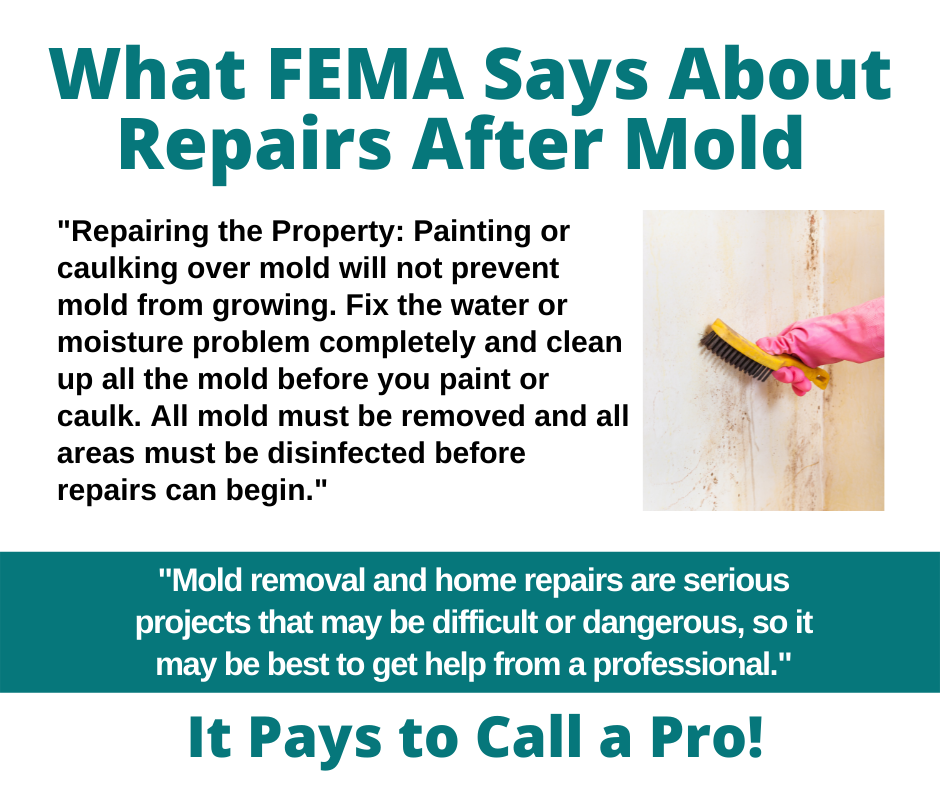
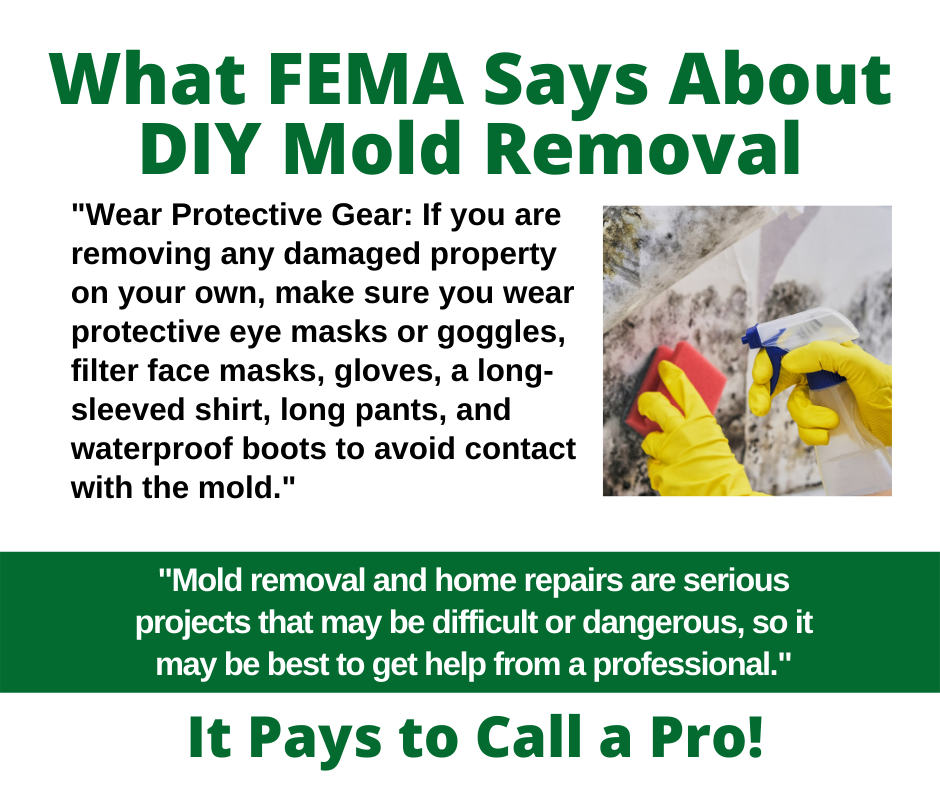
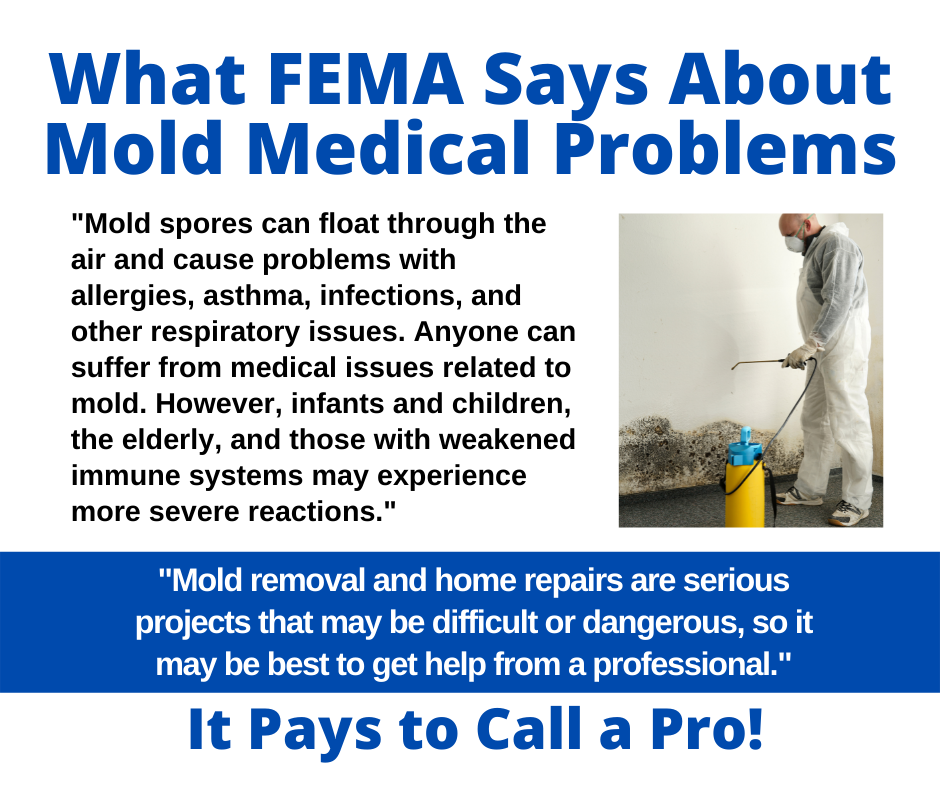
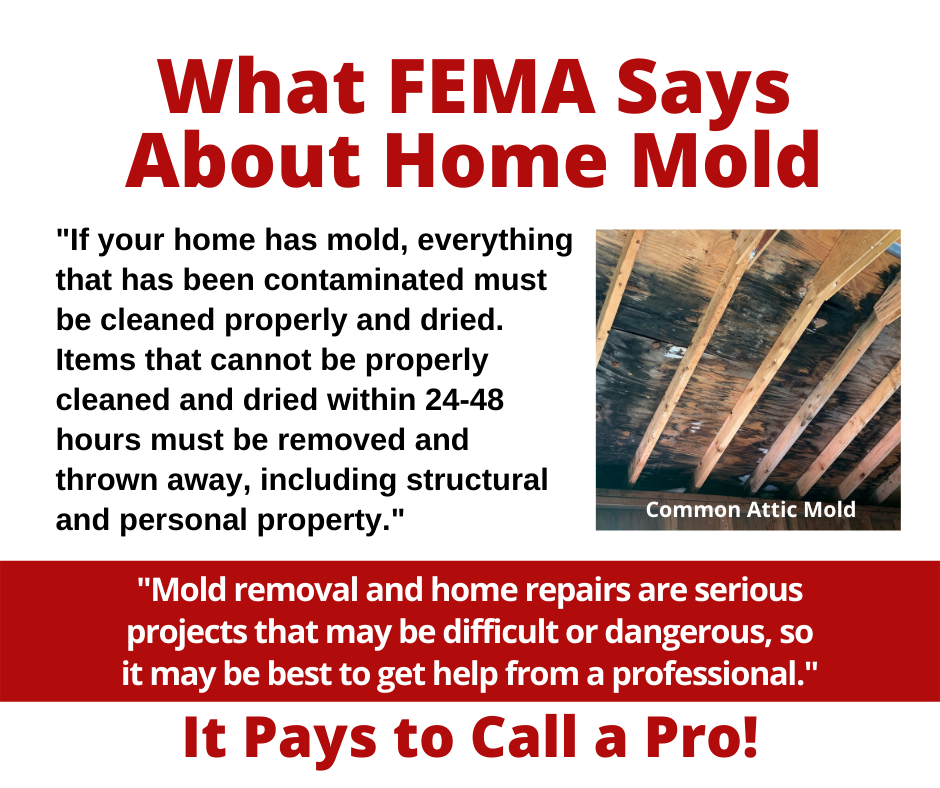
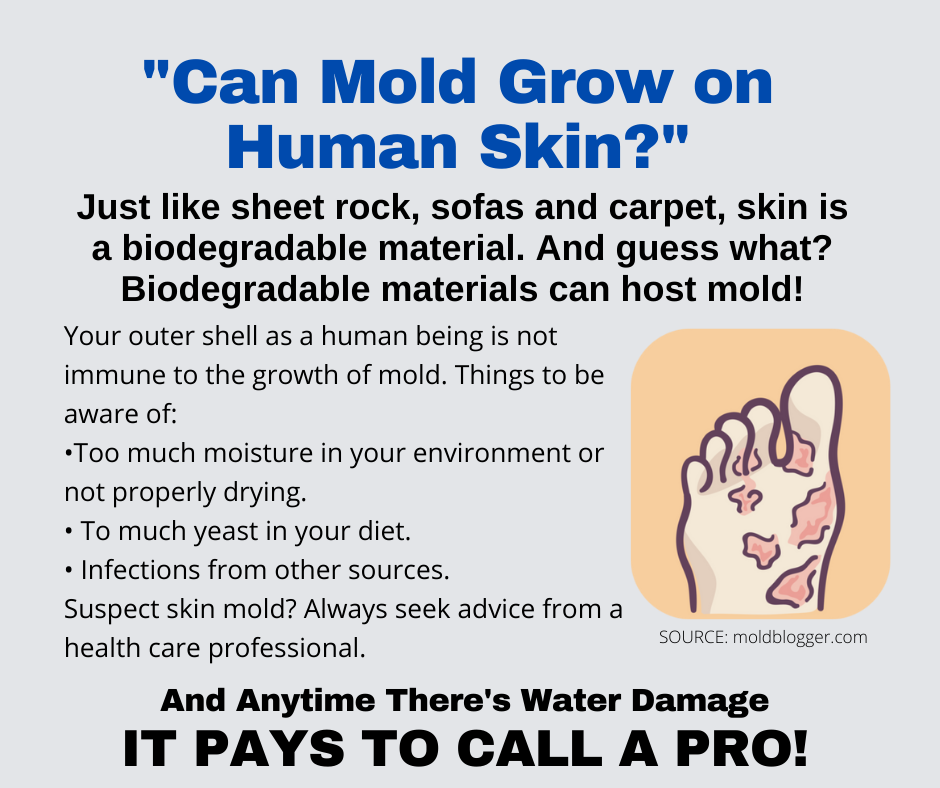
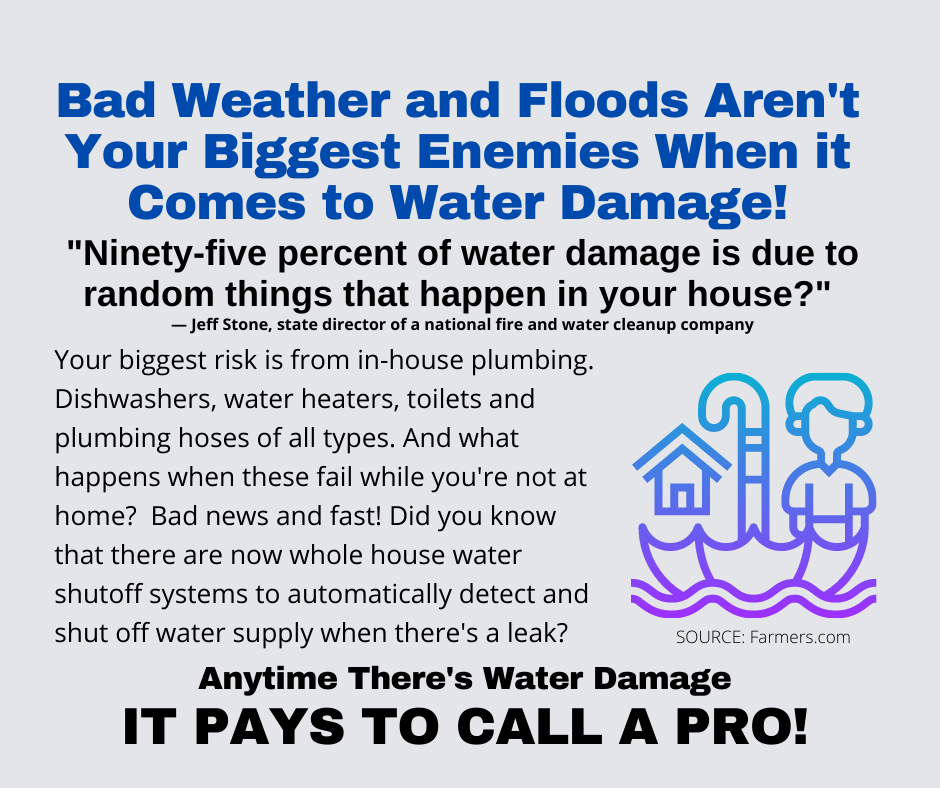
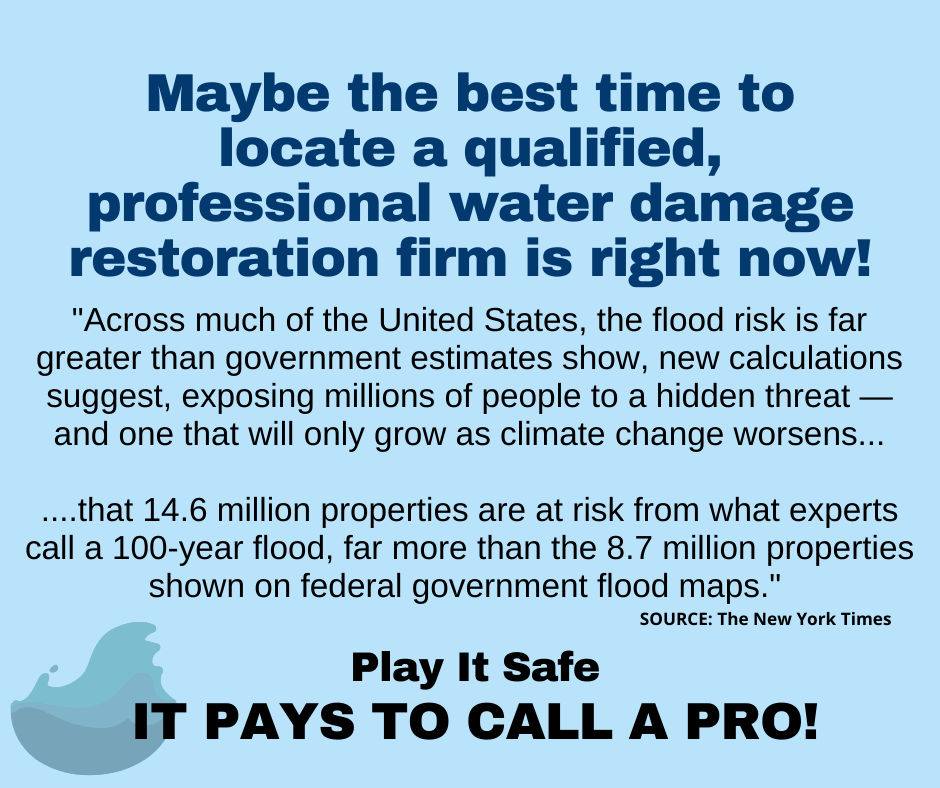
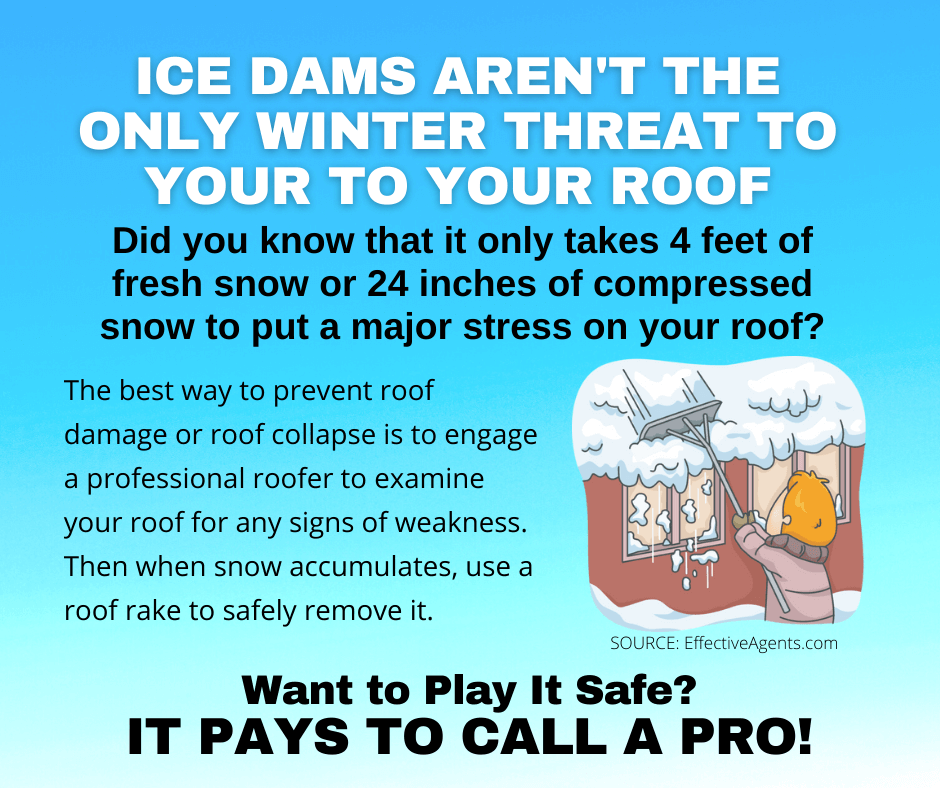
 RSS Feed
RSS Feed
